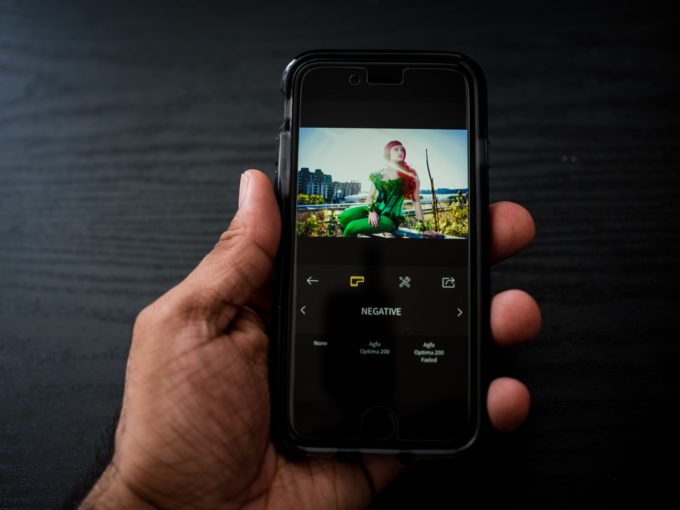Walk around with your camera; if you’ve ever seen a moment that’s inspired or excited you, you’ve most likely taken a photograph of it. But you’ve also probably stood there, gotten your settings just right and then shot. Unless of course, you’ve used your phone. Though manual control is available with pretty much every smartphone these days, it’s not ideal to always use it. Instead, a cameraphone is good for quick, candid captures that inspire someone on first glance of a scene. When you shoot with a camera phone, you’re probably focusing more on getting the scene to look the way that you want it to in terms of its composition.
And with that, you’re focusing more on the less technical aspects that quite honestly hold back photographers from truly creating the works of art that they want to.
What a cameraphone does is strips away all of that from you and forces you to really focus on the basics of what an image is. Before you even knew anything about shutter speeds, apertures, and ISOs what you probably did was judged an image based on content. In truth, content is king and finding a way to deliver that content in a pleasing way is tough to do. But the candid nature of a camera phone lets you do that easily and will eventually make you just forget about any of the hangups that you have about specifically using a DSLR or mirrorless camera.
Think about it: lots of people shoot incredible photos with phones everyday whether they are portraits, architecture or landscapes. They have truly proven that it isn’t the tool that matters; instead it’s the fact that they’re using the tool to create a vision that they have in their mind’s eye through pixels. When they go to use a more advanced and traditional camera, then they realize that those creative parameters that are allowed are there. To that end, they either get confused because it’s getting in the way of them translating their creative vision or they embrace them and don’t lose sight of their creative vision.
Notice how I’m emphasizing the creative vision? The reason why is because all of the technicalities are too technical to the point where balancing both an artistic mind and a technical mind can be too tough. Instead, learning how to exercise both and maintain them in a equilibrium is what we all try to master. At the same time though, that means that art needs to be practiced as much as manipulating settings. To that end, creating photos without any sort of real manipulation on your end is really the only way that that can be done to achieve a proper balance. Once the creative vision is mastered, you then learn the most intricate aspects of metering and are able to get the image that you want with ease.
Can you do this with an ordinary camera set to Auto? Sure! But a larger depth of field means that you’ve got a different advantage where bokeh and depth of field help you tell a story in a 3D way (sort of) vs a 2D way. The 2D aspect (a flat image) makes you focus more on placing elements in a scene rather than mystifying someone with glorious bokeh.
To that end, a photographer should use their phone as a learning tool–one that keeps them and their skills sharp. If you manage to get more out of it, so be it!




